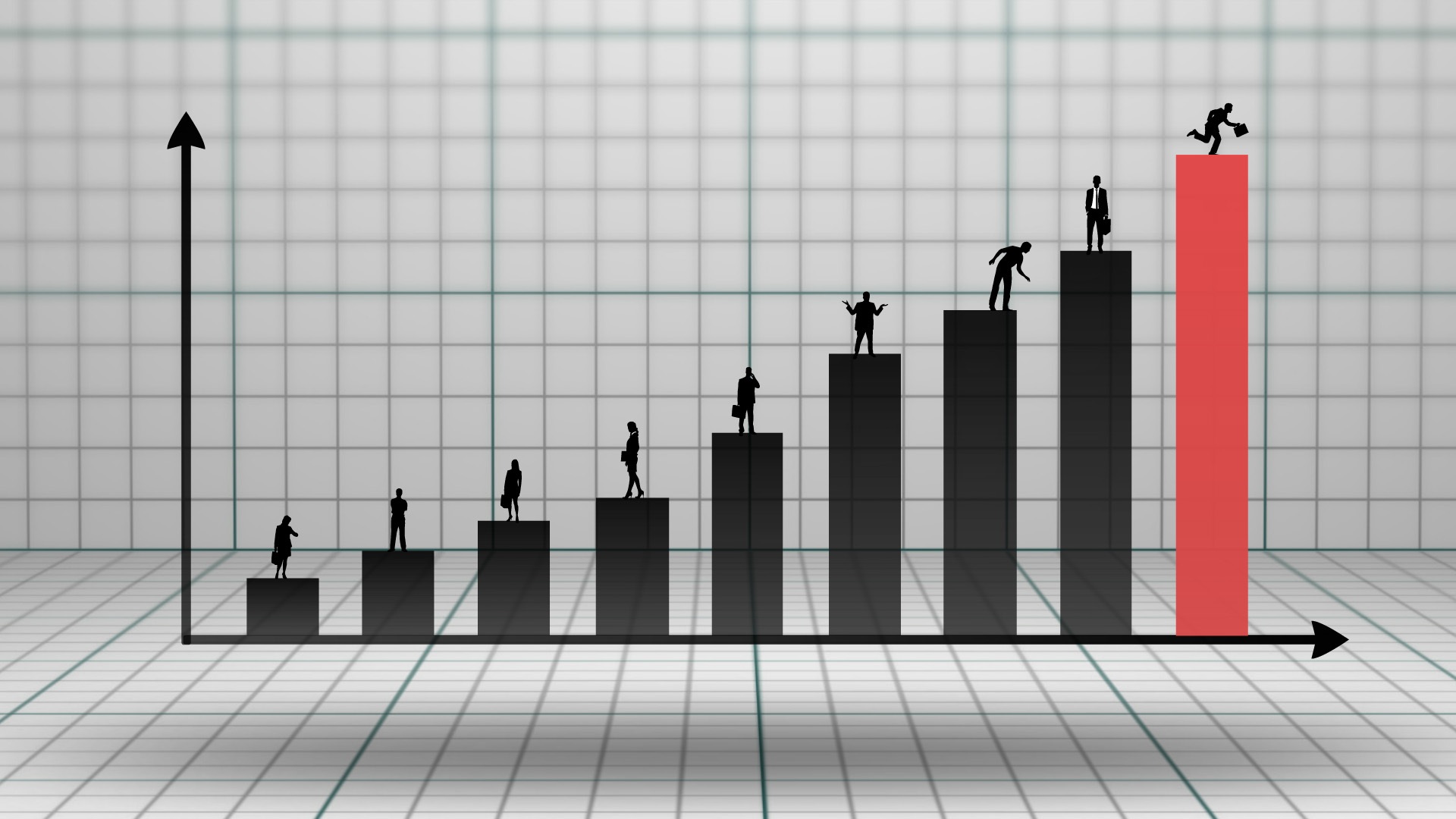Capital is to a business what oxygen is to a plant. Without it, the business cannot grow and will very likely starve and die. Businesses find their capital in a variety of ways. Some simply have wealthy owners or investors who are willing to take the risk and provide the business the funding it needs to get started up and to take on major projects. Others sell stocks or bonds in the hopes of raising enough cash. While this may be the ideal situation for most businesses, it is not what most end up doing. For most businesses, the standard way to raise money is to get a business loan from a bank.
The government knows this and has created a number of programs trying to help American small business succeed. For instance, the Small Business Administration, or SBA, has several different types of loans that are meant to privilege small businesses and help them grow. These are usually a great option for most small businesses. Is an SBA loan right for your business? Here are a few questions you should ask yourself.
1. Do I have all the information the bank will need?
Since SBA loans are secured by the government, they have a standardized set of required information that must be sent into the bank. A few highlights from this list are:
- A well thought out business plan
- A business license
- A business credit report
- Business tax returns
- Resumes of key personnel
- Personal tax returns
- Personal financial statements from stakeholders with more than 20% of the business
As you can see, the requirements here are rather extensive. The SBA is trying to minimize the default risk on these loans that they are ensuring.
2. Is my business eligible?
SBA loans are meant to be accessible, but that doesn’t mean that everyone will be able to get one. The program does not rely on taxpayer money, so it takes steps to remain solvent. To be eligible, your business must be based and operate out of the United States. It must also work within an approved (though very large) list of industries. You must show that you are not able to get the same credit at reasonable terms through other means and also be below size requirements, typically meaning less than $15,000,000 in annual revenue.
3. Why am I seeking a loan?
This is a good question to ask whether it is a personal or business loan. When seeking business credit, you must make sure your motivation is correct. Too many business owners get stuck financing vanity projects or trying to keep up cash flows with borrowed money when they really need to fix the root problem. It is always a good idea to speak with an accountant or financial professional before taking on business debt. Not only can they advise you if it is the best course of action, but they can also help you structure the business and the debt itself in the best way for your company.
4. Should I get an SBA Express loan?
Knowing what kind of loan you need is just as important as knowing whether you need a loan or not. The SBA has six major categories of loans, so you will need to do your research before deciding which is right for you. For instance, there are options for businesses that need money quickly. The SBA Express loan program can get you approved for a loan in as little as 36 hours, much faster than the standard three months for most loans. If you need money now, it is there for you, but only if you are financing for the right reasons.
5. How will I pay it back?
Loans are a normal part of business, and many businesses would not be where they are today without the financial help they received early on. That said, having a repayment plan is just as critical as every other step of the process. The bank you take your SBA loan out with will be more than happy to help you plan out how to repay them. It is worth noting that SBA loans do have an extra fee attached, anywhere from below 1% to around 3.5%. This is to make sure the program can stay solvent going forward since it does not receive taxpayer money, as previously mentioned. This fee is amortized over the life of the loan and is simply added into the payments you already have to make, so it is not even an out of pocket expense you need to budget for.
This is certainly not an exhaustive list of questions. Anytime you are considering borrowing money, you need to do a tremendous amount of research and make sure that it is really the right decision for your business. Ultimately, you are the only one that will know whether or not this is the right course of action. Some business owners cite their gut feeling on this, others have methodologies for deciding. Regardless of your process speak to an expert about your financing options. Your business will thank you!
Read Also:






















